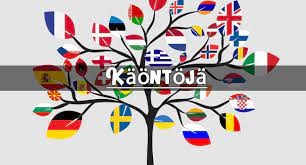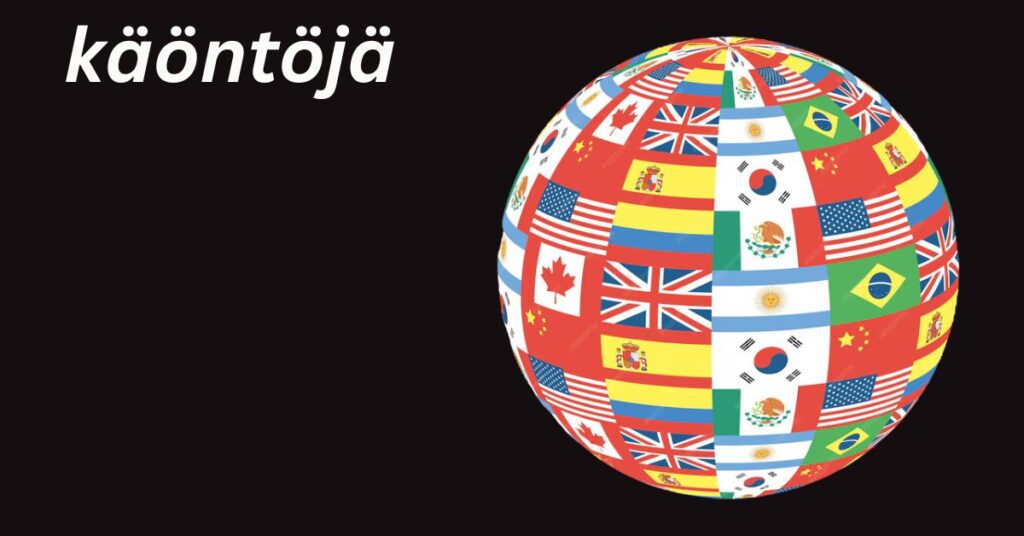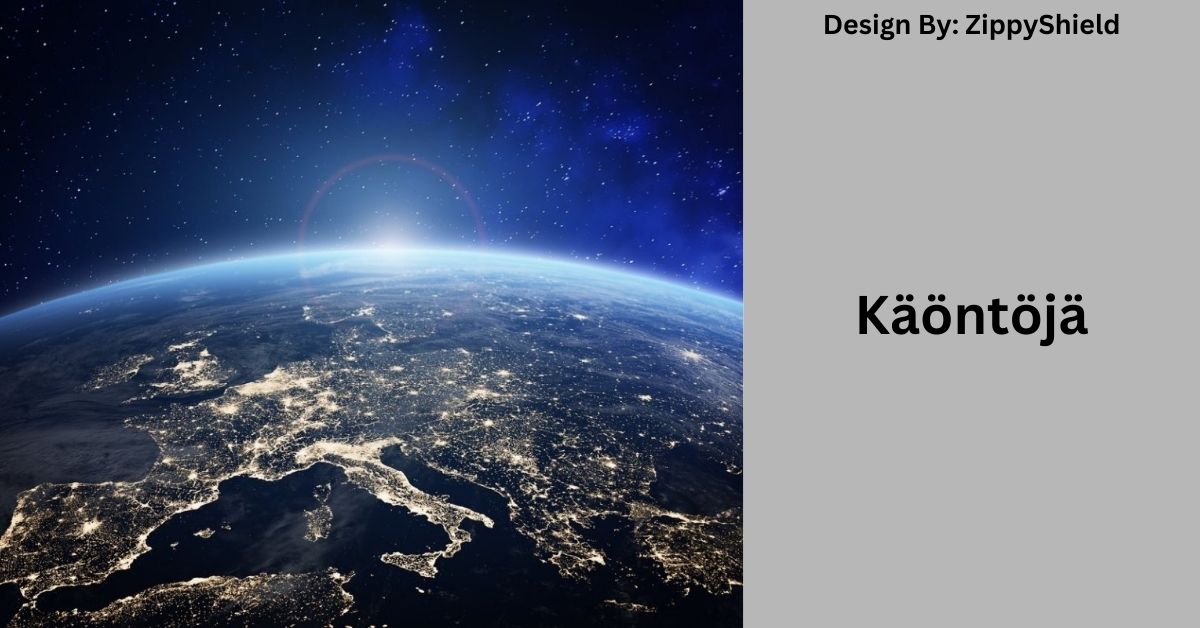Introduction to Käöntöjä:
Käöntöjä, a Finnish term, refers to the concept of “turnings” or “translations.” It is widely used in various contexts such as language translation, mechanical engineering, and even in sports.
Understanding käöntöjä is essential for those looking to explore the depths of translation work, mechanical processes, or simply learning about the different ways this term is applied in various fields.
The Role of Käöntöjä in Language Translation:

What is Language Translation?
Language translation is the process of converting text or speech from one language to another. This is where käöntöjä comes into play, especially in Finnish. Professional translators must accurately convey the meaning, tone, and intent of the original content while making it accessible to a different audience.
Types of Language Translation
- Literal Translation: This involves translating word-for-word, maintaining the original structure and meaning.
- Dynamic Translation: Focuses on conveying the overall meaning rather than sticking to the exact words.
- Technical Translation: Specialized translation for technical content like manuals, instructions, and scientific papers.
- Literary Translation: Involves translating works of literature, including novels, poems, and plays, preserving the artistic quality.
Importance of Accurate Käöntöjä
Accurate käöntöjä ensures that the translated content is not only understandable but also culturally appropriate. Misinterpretations can lead to misunderstandings and miscommunication, which is why professional translators are crucial in fields such as legal, medical, and business translation.
Käöntöjä in Mechanical Engineering:
Understanding Mechanical Turnings
In mechanical engineering, käöntöjä refers to the process of shaping materials using a lathe. This involves rotating the workpiece against a cutting tool to produce cylindrical parts. It’s a fundamental machining process used in manufacturing.
Read: Javaughn J Porter – All About Him!
Types of Mechanical Turnings
- Straight Turning: Produces a straight, uniform cylindrical shape.
- Taper Turning: Creates a conical shape, where the diameter changes along the length.
- Contour Turning: Involves producing complex shapes with varying diameters.
- Facing: Cuts a flat surface perpendicular to the workpiece’s axis.
Applications of Mechanical Turnings
Mechanical turnings are crucial in producing components for various industries, including automotive, aerospace, and construction. Precision in käöntöjä ensures the functionality and longevity of mechanical parts.
Käöntöjä In Sports:

Definition in Sports Context
In sports, käöntöjä refers to various turning movements or maneuvers that are critical for performance. These movements are common in disciplines like gymnastics, where athletes perform spins and flips with precise control. In figure skating, skaters execute spins and turns on the ice, showcasing their balance and agility.
Martial arts also involve turning techniques, such as pivots and spins, used in both offensive and defensive maneuvers. Each sport relies on these turning actions to achieve optimal performance and impress judges or opponents. Mastery of käöntöjä can significantly impact an athlete’s success and execution.
Importance of Training and Technique
Athletes rigorously train to perfect their käöntöjä, as these movements enhance overall performance, agility, and balance. Proper training ensures that each turn or maneuver is executed with precision, reducing the risk of injury. Consistent practice helps athletes develop muscle memory, allowing them to perform complex movements effortlessly during competition.
Additionally, focusing on technique improves coordination and control, essential for sports like gymnastics and figure skating. Coaches emphasize the importance of training to refine these skills, as proper execution of käöntöjä can lead to higher scores and better athletic outcomes. Overall, dedicated practice in mastering these turning techniques is crucial for athletic excellence.
Practical Applications Of Käöntöjä:
Everyday Use
Käöntöjä is not limited to professional fields; it has practical applications in everyday life. For instance, learning how to properly translate common phrases can help in travel or interacting with people from different cultures. Similarly, understanding basic mechanical turnings can be useful for DIY projects.
Read: How Old is Dylan Hoffman – A Complete Age Guide!
Learning and Education
Educational institutions incorporate käöntöjä into their curriculum to teach students the fundamentals of translation and mechanical processes. This prepares them for careers in various industries where these skills are essential.
Challenges And Solutions In Käöntöjä:

Language Translation Challenges
- Cultural Nuances: Translating idioms, jokes, and cultural references can be difficult.
- Technical Jargon: Specialized terms require in-depth knowledge of the field.
- Maintaining Original Intent: Ensuring that the translation reflects the original tone and purpose.
Solutions:
- Cultural Training: Understanding the culture of the target language.
- Expertise in Field: Working with translators who specialize in specific areas.
- Quality Assurance: Regular reviews and edits by multiple translators.
Mechanical Turnings Challenges
- Precision: Achieving exact measurements and finishes.
- Tool Wear: Tools can wear out quickly, affecting quality.
- Complex Shapes: Producing intricate designs requires advanced skills and equipment.
Solutions:
- Regular Maintenance: Keeping tools sharp and in good condition.
- Advanced Training: Ensuring machinists have the skills needed for complex tasks.
- Modern Equipment: Using up-to-date machinery for better precision.
Future Trends In Käöntöjä:
Advancements in Translation Technology
The future of käöntöjä in translation is likely to see significant advancements with AI and machine learning. Tools like Google Translate and advanced translation software are becoming more accurate, providing real-time translations and breaking down language barriers even further.
Innovations in Mechanical Engineering
In mechanical engineering, automation and computer numerical control (CNC) machining are revolutionizing käöntöjä. These technologies allow for greater precision, efficiency, and the ability to produce more complex parts with minimal human intervention.
FAQ’s:
1. What does käöntöjä mean in English?
Käöntöjä is a Finnish word that translates to “turns” or “turning movements” in English. It is often used in various contexts, including sports, to describe rotational actions or maneuvers.
2. In which sports is käöntöjä commonly used?
Käöntöjä is commonly used in sports such as gymnastics, figure skating, and martial arts. These sports require precise turning movements for performance, scoring, and competitive success.
3. How important is the technique for executing käöntöjä?
Proper technique is crucial for executing “käöntöjä” correctly. It ensures precision, reduces the risk of injury, and enhances overall performance. Athletes must train rigorously to master these turning movements.
4.How does translation impact global communication?
Translation improves global communication by removing language barriers, allowing more people to understand information, and promoting teamwork across different regions and cultures.
Conclusion:
Käöntöjä, whether in the context of language translation, mechanical engineering, or sports, plays a vital role in various aspects of our lives. Understanding its applications and challenges helps us appreciate the expertise and precision required in these fields. As technology continues to advance, the processes and tools involved in käöntöjä will become even more sophisticated, offering new opportunities and solutions. Whether you are learning a new language, working in manufacturing, or training in sports, mastering käöntöjä can enhance your skills and broaden your horizons.
Read More:



